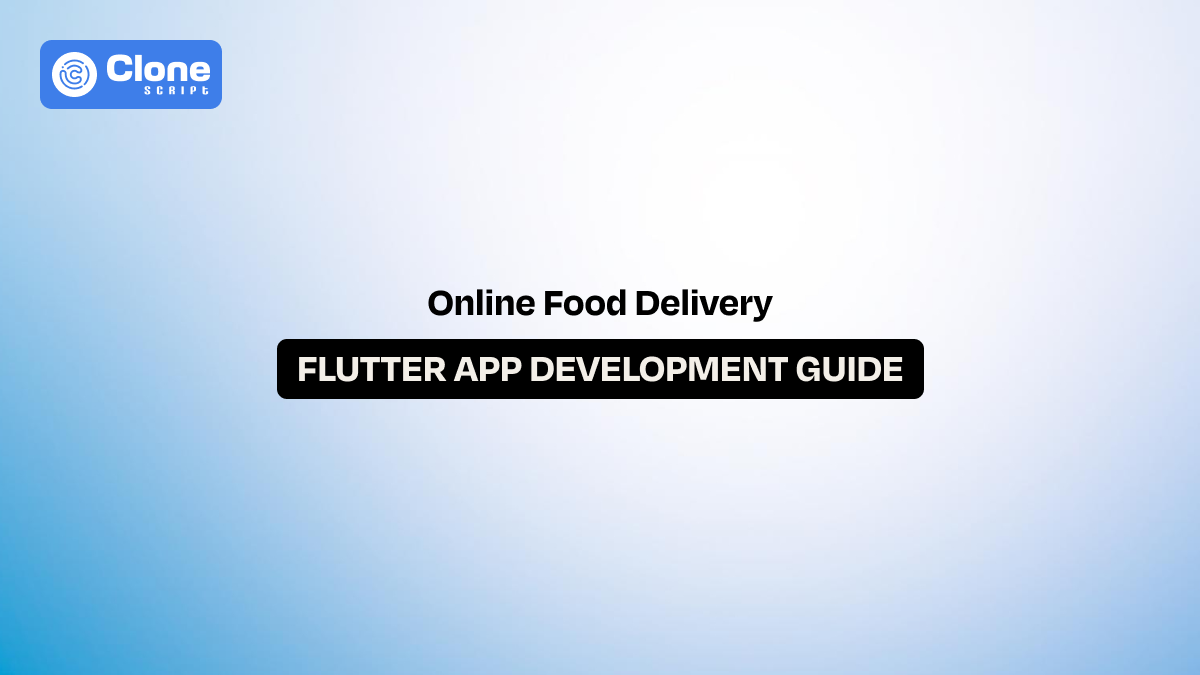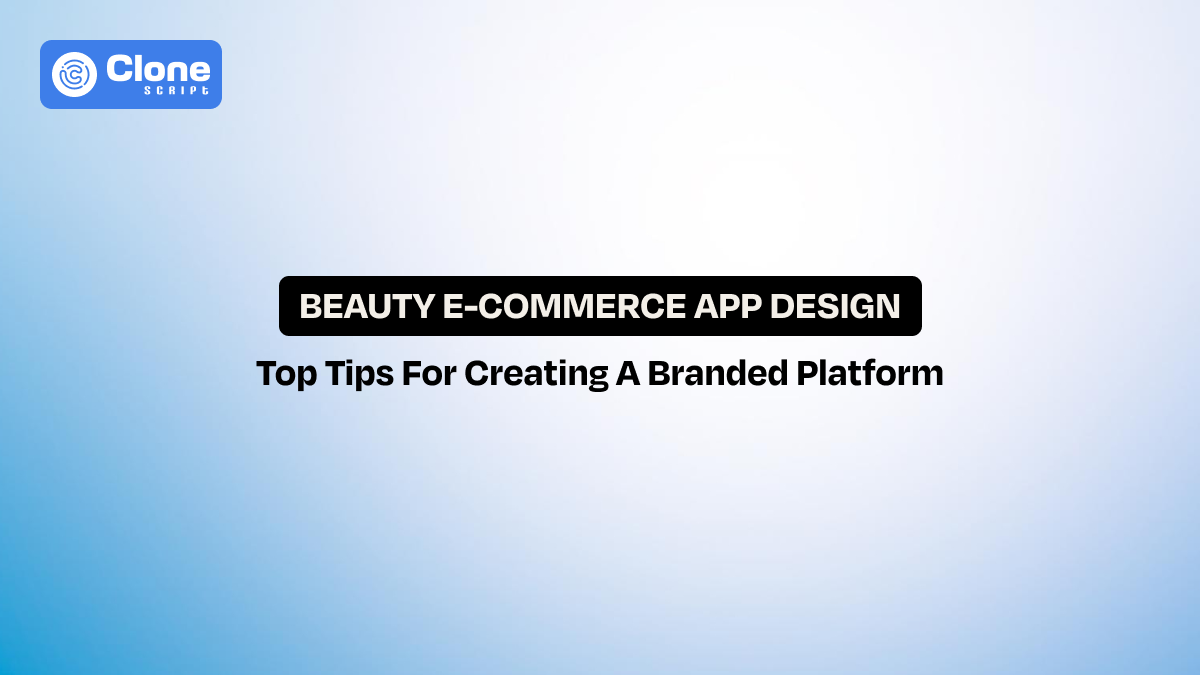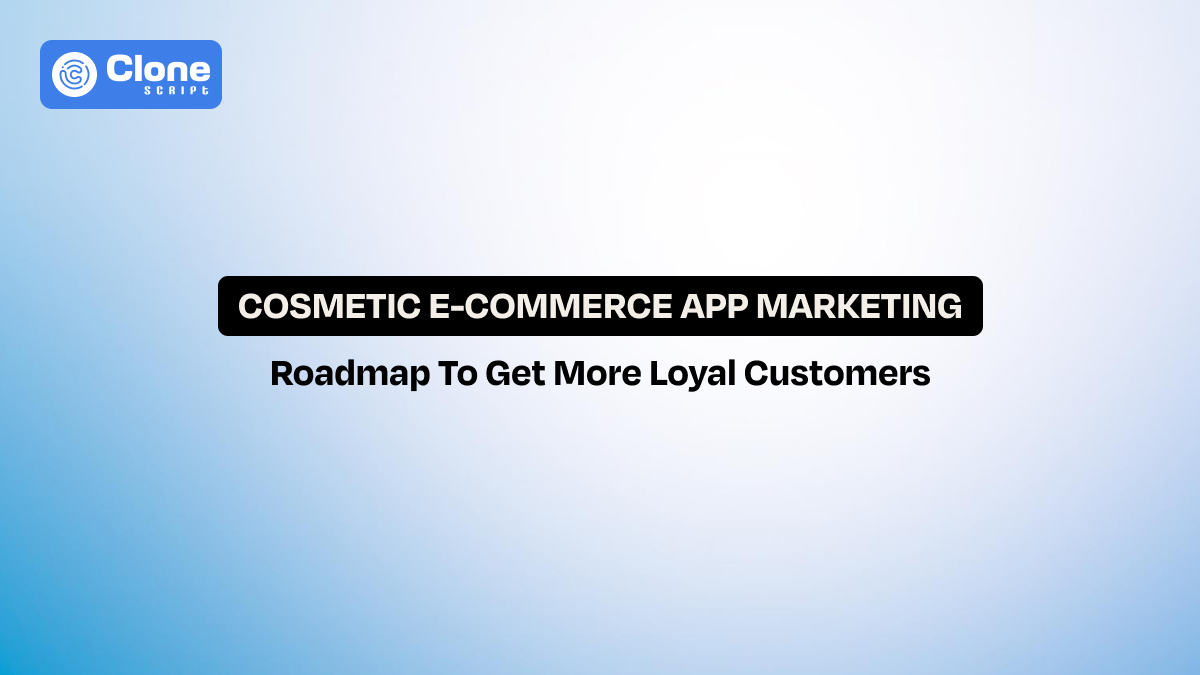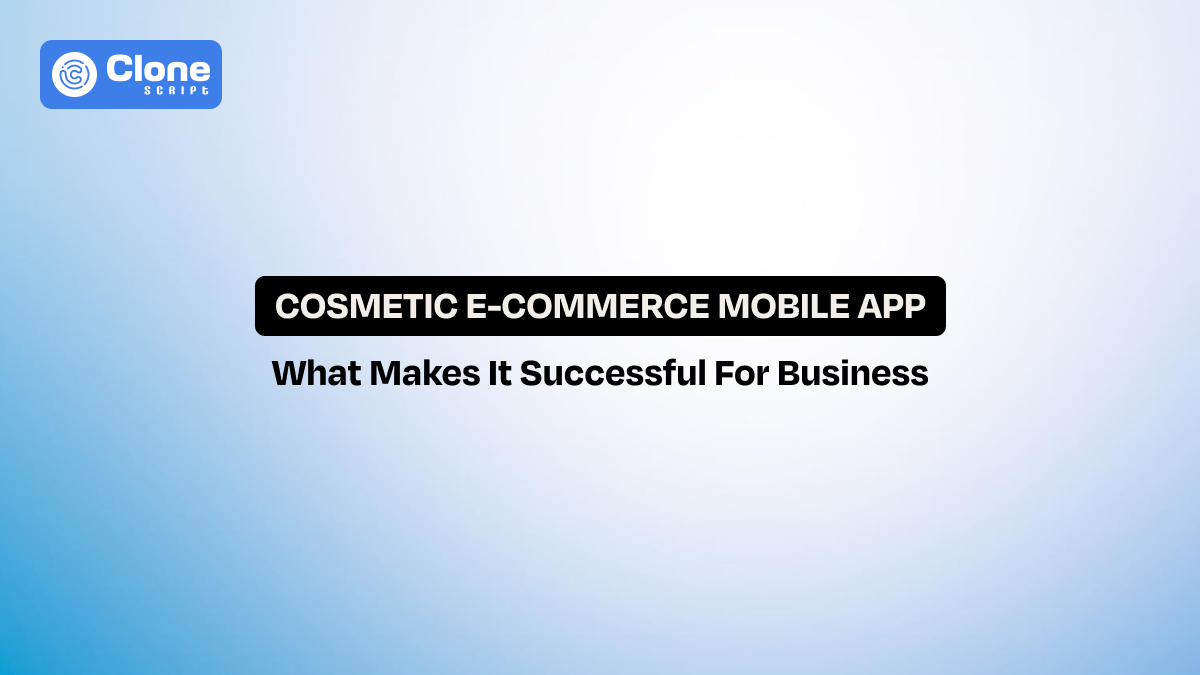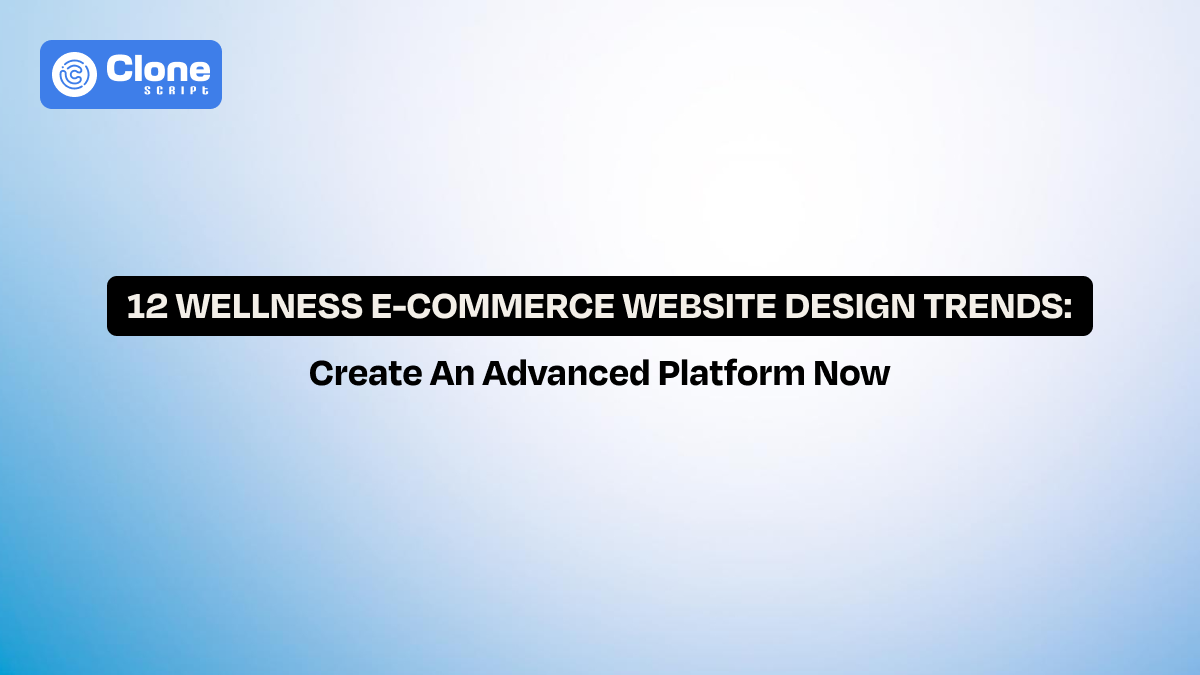The Complete Guide to Building an Online Food Delivery App with Flutter
Delivering online food is not just a day and night business anymore. It becomes a highly profitable segment to work on. As food delivery partners are looking to offer convenience to customers through the technology revolution, a secure and advanced mobile application is non-negotiable.
As per research studies, the worldwide food delivery market size will reach $505.5 billion by 2030. The Asia Pacific and China region is leading from the front to capture the market.
So, having the best Android and iOS apps for delivering food online is not just important for restaurants but for developers, too.
But the thing is that developing the app for segments like Platform-to-customer (P2C) and Restaurant-to-customer (R2C) is expensive, especially since it can’t be affordable to food startups.
Using the Flutter framework, you can create the latest and useful mobile application at minimal costs, and the best part is without compromising the quality.
This guide covers why Flutter is ideal, design best practices, step-by-step development, and how templates can accelerate the launch of a Flutter food delivery app.
Why Choose Flutter for Your Online Food Delivery App?
When deciding how to build a food delivery app in Flutter, it’s important to understand why Flutter has become the preferred choice among developers.
1. Cross-Platform Development with One Codebase
Before Flutter was introduced to frontend app development, developers had to build different code for Android and iOS devices. Even the web version had to be separately coded.
After the adoption of Google’s powered UI kit solution, you can build a single code for the application and deploy it anywhere, whether it’s for iOS or Android.
This significantly reduces development effort, shortens the version release styles, and delivers consistent performance on every device. It is a major advantage for online food delivery services where updates and new features must be deployed quickly.
2. Performance Close to Native
The common illusion about Flutter app development is that it lags and affects the overall user experience.
Why?
Because the single codebase is deployed across iOS and Android.
The reality is different.
Flutter complies with native ARM code. So, animations, scrolling, and real-time features like cart updates or delivery tracking run continuously.
As we know, in food delivery apps, every second of delay can frustrate users and lead to them clicking the uninstall button and leaving a negative review on App Stores. With Flutter, you can reduce these barriers proactively.
3. Customizable UI/UX with Widgets
According to a recent study, 94% of users judge the brand’s capability through website and app UI and UX design.
It means compromising a single element in designing, resulting in poor user experience and, of course, affecting the reputation of the business.
Using Flutter’s widget-based architecture makes it easier to design modern, dynamic interfaces. Developers can build reusable components for restaurant lists, product cards, or delivery maps.
This not only speeds up development but also offers consistent UI patterns throughout the app design in Flutter.
4. Scalability and Ecosystem Support
Referring to support from Flutter is very acceptable. It can easily integrate with backend systems like Firebase, REST APIs, and GraphQL. To manage the data securely on the web, it’s important to have a proper system for food menu management and order tracking.
Also, third-party SDKs like Stripe or Razorpay allow payment gateway integration for accepting and processing online transactions.
This makes scaling an online food delivery app, from a small local project to a multi-region platform, straightforward. With continuous support from Google and a strong community, Flutter is also a future-proof option to start.
Now, let’s understand the proven solution to make app design conversion-driven.
UI/UX Design Tips for Food Delivery Apps
A well-designed food delivery app isn’t only about functionality; it’s about how easily users can place an order without confusion. Design choices directly influence user retention, conversion rates, and how quickly someone goes from browsing to checkout.
Small optimizations in layout, color, and interaction make the difference between an app that feels intuitive and one that frustrates users.
1. Simplify Restaurant Discovery
-
Use a clean grid or list view with high-quality restaurant images and clear branding.
-
Provide filters for cuisine, rating, distance, and price to improve decision-making.
-
Enable instant search with autocomplete to shorten the time from opening the app to finding a meal.
-
Add subtle micro-animations to category tabs for smoother browsing and a sense of polish.
-
Use icons and color cues (e.g., vegetarian, spicy, trending) to make browsing more informative.
2. Optimize the Ordering Journey
-
Keep “Add to Cart” accessible with a single tap without requiring unnecessary navigation.
-
Highlight customizable options (sizes, toppings, extras) with expandable panels or modals.
-
Maintain a floating cart icon with a dynamic counter, so users always know how many items they’ve added.
-
Display offers and coupons contextually at checkout to improve conversions and average order value.
-
Provide quick re-order functionality for repeat users to reduce effort in future sessions.
3. Enhance Checkout and Payments
-
Limit checkout to three essential steps: address, payment, and confirmation, keeping it fast and clear.
-
Support multiple gateways like Stripe, Razorpay, Google Pay, Apple Pay, and local payment options for regional markets.
-
Provide delivery time estimates with visual progress indicators to build trust.
-
Include order summaries and saved payment methods for faster repeat transactions.
-
Use inline validation (e.g., card details, address fields) to prevent frustrating errors during checkout.
4. Delivery Tracking and Notifications
-
Integrate Google Maps to display the driver’s real-time location and route progress.
-
Use animated indicators for delivery stages (order confirmed → preparing → out for delivery → delivered).
-
Enable push notifications and in-app alerts for each status update, from there users are informed without needing to refresh.
-
Allow one-tap access to customer support or direct communication with drivers.
-
Provide delivery feedback screens immediately after completion to gather quick insights.
Good UI design for a food delivery app follows three principles: minimize friction, highlight the most relevant choices, and reassure users with clear progress indicators at every step.
Step-by-Step Tutorial: How to Build a Food Delivery App in Flutter
Building an online food delivery Flutter app involves multiple modules working together, from authentication to delivery tracking. Below are structured steps to guide the development process.
Step 1: Project Setup
-
Install the Flutter SDK and configure IDEs such as Android Studio or VS Code.
-
Connect Firebase for authentication, real-time database, cloud messaging, crash reporting, and analytics.
-
Choose a state management solution (Provider, Riverpod, or Bloc) to check scalability as the app grows.
-
Set up CI/CD pipelines for smoother deployment cycles and automated testing.
-
Configure environment variables and API keys securely to prevent exposure in public repositories.
Step 2: Core Features Development
In a food delivery app, prefer the following features:
1. Authentication & Onboarding
-
Implement sign-in via email, phone number, and social accounts like Google or Facebook.
-
Use JWT or Firebase tokens for secure sessions.
-
Add onboarding screens with quick tutorials to explain key features.
-
Support multi-language onboarding for global reach.
2. Restaurant & Menu Module
-
Fetch restaurants and menus from REST APIs or Firebase Firestore.
-
Display listings using ListView.builder() with lazy loading for better performance.
-
Allow filtering, sorting, and favorites for personalization.
-
Add restaurant detail pages with menus, reviews, and ratings.
-
Use caching techniques so that frequently viewed menus load instantly.
3. Cart & Checkout
-
Enable add-to-cart functionality with real-time updates and item modifications.
-
Sync cart data across sessions using state management and local storage.
-
Apply discount codes and promotions dynamically through backend validation.
-
Show price breakdowns (item cost, delivery fee, taxes, discount) for transparency.
-
Provide a "save cart" option for users who want to complete purchases later.
4. Payments & Orders
-
Integrate secure gateways like Stripe, Razorpay, or PayPal.
-
Implement order summaries, digital invoices, and receipts.
-
Sync orders with backend dashboards for restaurant staff visibility.
-
Add support for Cash on Delivery (COD) in regions where digital payments are less common.
-
Allow order cancellation within a limited time frame, synced with backend rules.
5. Delivery & Tracking
-
Integrate Google Maps SDK for real-time delivery tracking.
-
Use Firebase Realtime Database or WebSockets to keep location updates live.
-
Provide an estimated delivery time countdown with dynamic updates.
-
Add driver details (photo, name, contact) for transparency.
-
Offer live chat through AI chatbot development. It helps to start a conversation between the customer and driver for last-minute instructions.
Step 3: Admin and Driver Panels
-
Build an Admin Panel (web or mobile) for restaurants to manage menus, pricing, and order status.
-
Provide analytics dashboards for restaurants: order volume, peak times, and revenue.
-
Create a Driver App with order notifications, delivery navigation, and earnings tracking.
-
Add delivery history and performance reports for drivers.
-
Implement role-based authentication to separate customers, drivers, and administrators.
Step 4: Testing and Deployment
-
Test authentication, cart, and payment workflows using both unit and integration tests through QA & testing.
-
Use Flutter’s widget testing to verify UI behavior across devices.
-
Optimize performance for Android and iOS by reducing app size and improving load times.
-
Deploy apps on Google Play and App Store with release builds.
-
Monitor app performance and errors through Firebase Analytics and Crashlytics.
-
Plan for post-launch updates, including A/B testing to improve UX and retention.
Recommended Tech Stack for Food Delivery App Development in Flutter
To better visualize how these modules connect, here’s a checklist of a typical food delivery app architecture in Flutter:
|
Type |
Tech Stack |
Useful for |
|
Frontend |
Flutter |
UI, animations, state management |
|
Backend |
Node.js / Firebase |
APIs, authentication, business logic |
|
Database |
Firestore, MySQL, or PostgreSQL |
Managing data securely |
|
Payments |
Stripe, Razorpay, and PayPal integrations |
Accepting online payment-related transactions and issuing refunds |
|
Maps |
Google Maps SDK |
To track live food orders |
|
Notifications |
Firebase Cloud Messaging |
For real-time updates related to order delivery, discounts, exclusive features, etc. |
Apart from the user app, you have to create two additional web applications for:
-
Admin Panel: Web or mobile app for restaurants
-
Driver App: Dedicated app for delivery partners
This modular approach allows the food delivery app to grow with new features like subscription models, loyalty programs, or AI-powered recommendations.
Launch Faster with a Flutter Food Delivery App Template
Building an online food ordering and delivery app from the first step can take months when you factor in authentication, cart logic, payment integrations, and driver tracking. A food delivery app template in Flutter eliminates this overhead by providing pre-built modules, scalable architecture, and polished UI/UX for customization.
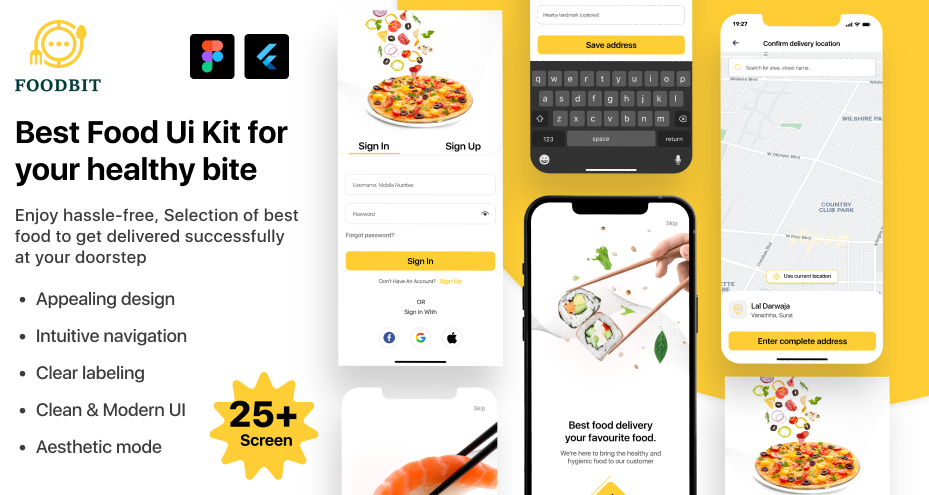
One notable example is the FoodBit app, designed to help developers reduce build time. It comes with modern UI components, real-time order management, and cross-platform support. It’s a solid starting point for commercial food delivery services.
The benefits of choosing the Flutter app template include:
-
Launch the app quickly and grab the opportunity to serve customers and clients (restaurants), too.
-
Access the optimized UI and UX design without wasting a 2-month of custom solution.
-
The Flutter code is well managed through best practices, ready for backend development.
-
Don’t spend a separate amount to get a food delivery app for both Android and iOS.
-
Since templates are already tested in multiple environments, they arrive with fewer bugs.
FAQs
-
Is Flutter suitable for food delivery app development?
Yes. Its cross-platform efficiency, customizable widgets, and strong integration options make it ideal for building online food delivery apps.
-
How long does it take to build a Flutter food delivery app?
From scratch, it can take 8–12 weeks, depending on complexity. Using a Flutter food delivery app template can reduce this by 40–50%.
-
What features should a food delivery app include?
Core food delivery app features include authentication, restaurant listings, menu management, cart, payments, delivery tracking, notifications, and order history.
-
Do I need a backend for my Flutter food delivery app?
Yes. Flutter handles the frontend, but a backend (Firebase, Node.js, or Django) is required for order management, driver tracking, and payment processing.
-
Which template is best for starting quickly?
The FoodBit Business App is one of the best Flutter templates for food delivery apps, offering ready-to-use modules that can be customized easily.
Conclusion
The demand for online food delivery services continues to grow, and so does the need for well-built, reliable, and scalable apps. Flutter provides developers with the tools to deliver high-performance, cross-platform solutions with modern UI/UX and real-time features.
By following best practices in app UI design, structuring the build carefully, and using a template, projects can be completed faster without compromising quality.
Whether you’re creating an Android app for a Bengaluru-based local food startup or working with a famous cloud kitchen across the nation, Flutter is an efficient and future-proof choice for building successful apps.
Need further support from an expert iOS and Android developer? Contact us. At All Clone Script, we’re here to help you.
 BTC - Bitcoin
BTC - Bitcoin
 USDTERC20 - USDT ERC20
USDTERC20 - USDT ERC20
 ETH - Ethereum
ETH - Ethereum
 BNB - Binance
BNB - Binance
 BCH - Bitcoin Cash
BCH - Bitcoin Cash
 DOGE - Dogecoin
DOGE - Dogecoin
 TRX - TRON
TRX - TRON
 USDTTRC20 - USD TRC20
USDTTRC20 - USD TRC20
 LTC - LiteCoin
LTC - LiteCoin

